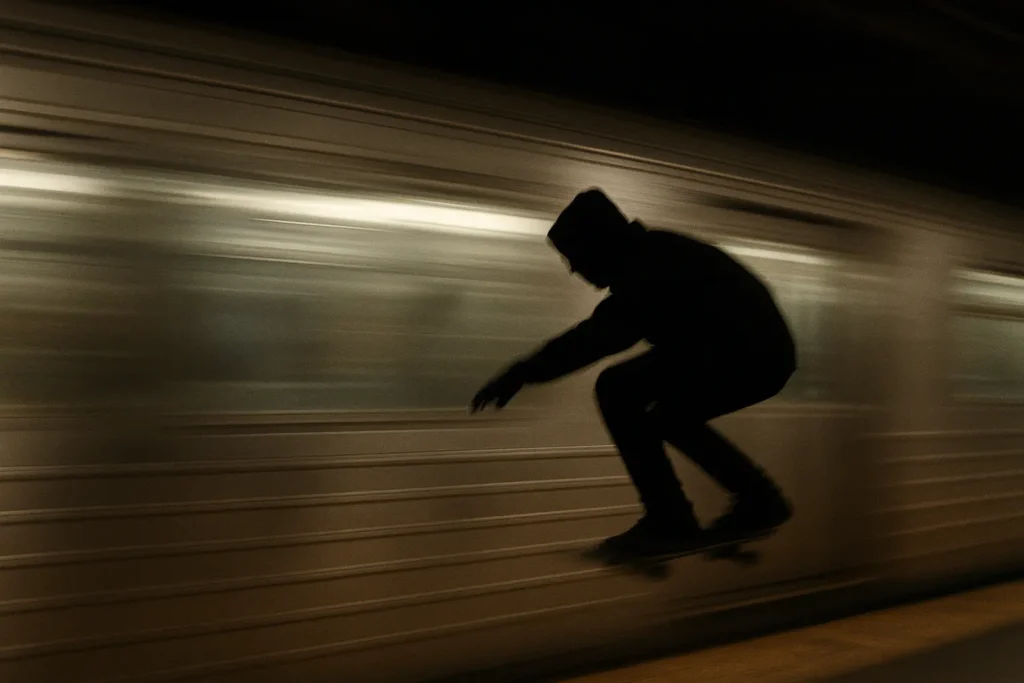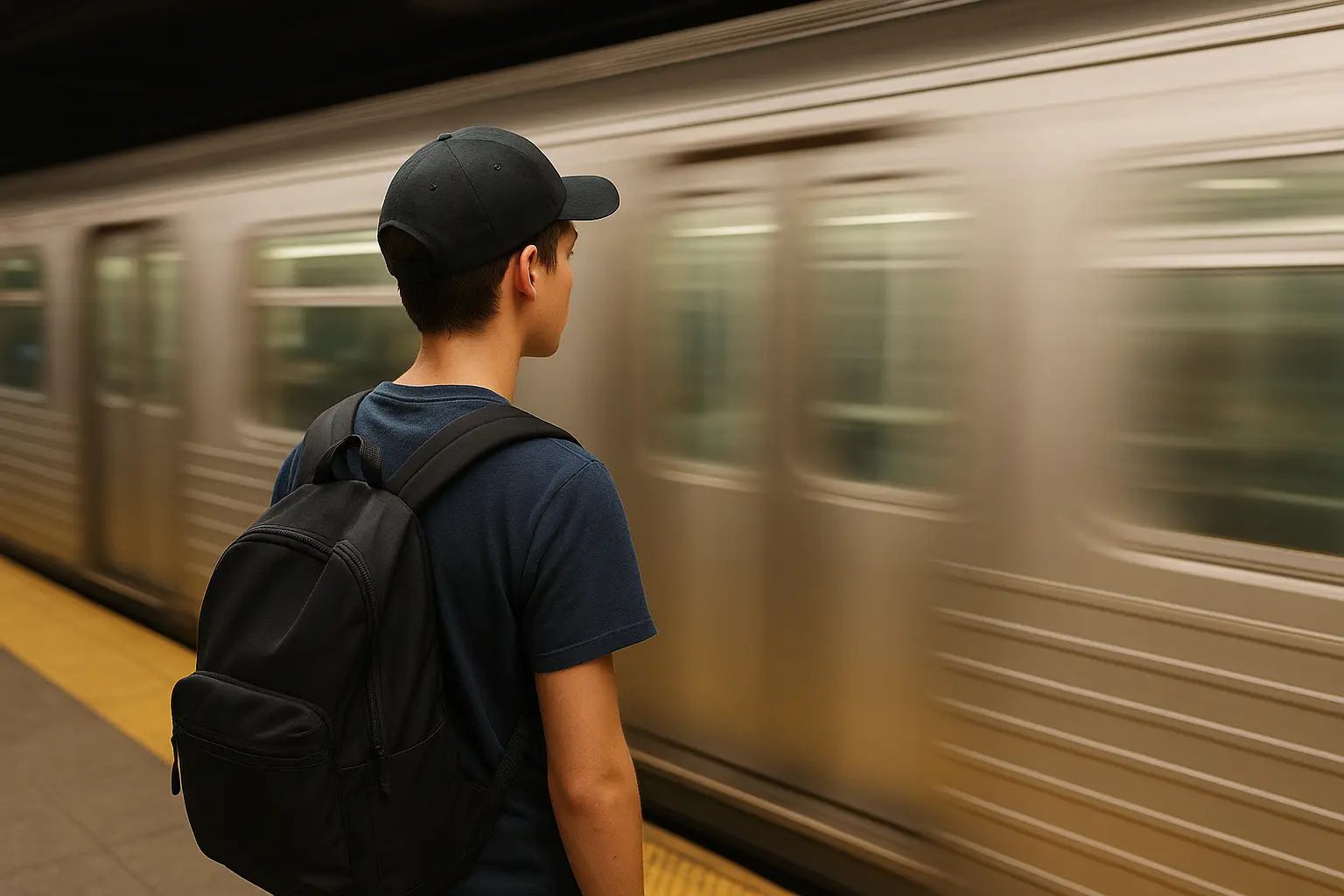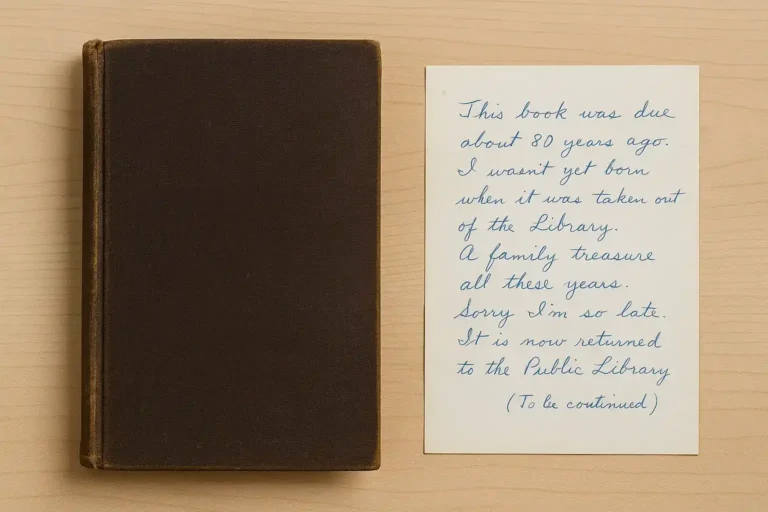In recent weeks, subway surfing has tragically claimed more teenage lives in New York, reigniting debates about social media influence, youth risk-taking, and urban safety. The viral trend — where individuals ride on the exterior of moving subway cars — has become a deadly pursuit of online recognition. The dark reality behind this practice reflects how digital validation can overshadow real-world danger.
Also watch: Killer Whales Sink Boat: Shocking Viral Video Captures Rare Ocean Attack
The Rise of Subway Surfing and Its Deadly Appeal
Subway surfing isn’t new, but its resurgence through TikTok and Instagram has taken a terrifying turn. Videos showing thrill-seekers clinging to train roofs or doors have amassed millions of views. For many teens, the temptation to become “internet famous” eclipses the obvious peril.
Authorities report that incidents of subway surfing in New York City have increased by over 60% in the last two years. What was once seen as a reckless urban dare has evolved into a social phenomenon — one that thrives on the instant gratification of likes, comments, and shares.
Why Teens Risk Their Lives for Online Fame
The psychology behind this trend is layered with social pressure and digital addiction. Experts suggest that many adolescents struggle with identity and validation in online spaces. Platforms reward shock value — the more extreme the act, the greater the attention.
In this sense, subway surfing becomes a modern symbol of risk culture:
- Adrenaline vs. approval: Teens chase the thrill, but their real reward is social recognition.
- Peer influence: Viral challenges create a sense of belonging and courage, masking the real danger.
- Algorithmic visibility: Social platforms amplify such content, rewarding engagement regardless of safety.

A City Haunted by Fatal Accidents
New York’s Metropolitan Transportation Authority (MTA) has repeatedly warned against subway surfing, citing multiple fatalities in 2024 and 2025. Just last week, two teenage girls were found dead near a Brooklyn subway station after attempting the stunt. The incident shocked the community, prompting renewed calls for stricter content moderation and better youth awareness campaigns.
Police surveillance footage and eyewitness accounts show how quickly these acts turn fatal — one slip, one misjudged move, and the challenge becomes deadly. The MTA now plans to increase patrols and invest in anti-trespassing technology to prevent such tragedies.
The Role of Social Media Platforms
Social media companies face growing criticism for allowing dangerous trends like subway surfing to spread. Critics argue that algorithms encourage visibility for extreme or shocking videos, while moderation often comes too late.
Some platforms have since begun removing videos related to the challenge, labeling them as harmful behavior. Yet the cycle persists — new clips appear almost as fast as old ones disappear. The problem lies not only in access but also in culture: young users are trained to equate visibility with worth.
Can Awareness Save Lives?
Education may be the most powerful defense. Schools and community programs are starting campaigns to teach digital responsibility — explaining how fleeting fame is not worth irreversible loss. Parents and guardians are also urged to discuss online trends openly, emphasizing empathy, safety, and the reality behind the screen.
The tragic rise of subway surfing reminds us that the search for online fame can carry a devastating price. Behind every viral video, there is a story of someone who didn’t make it home.
Source [1]







